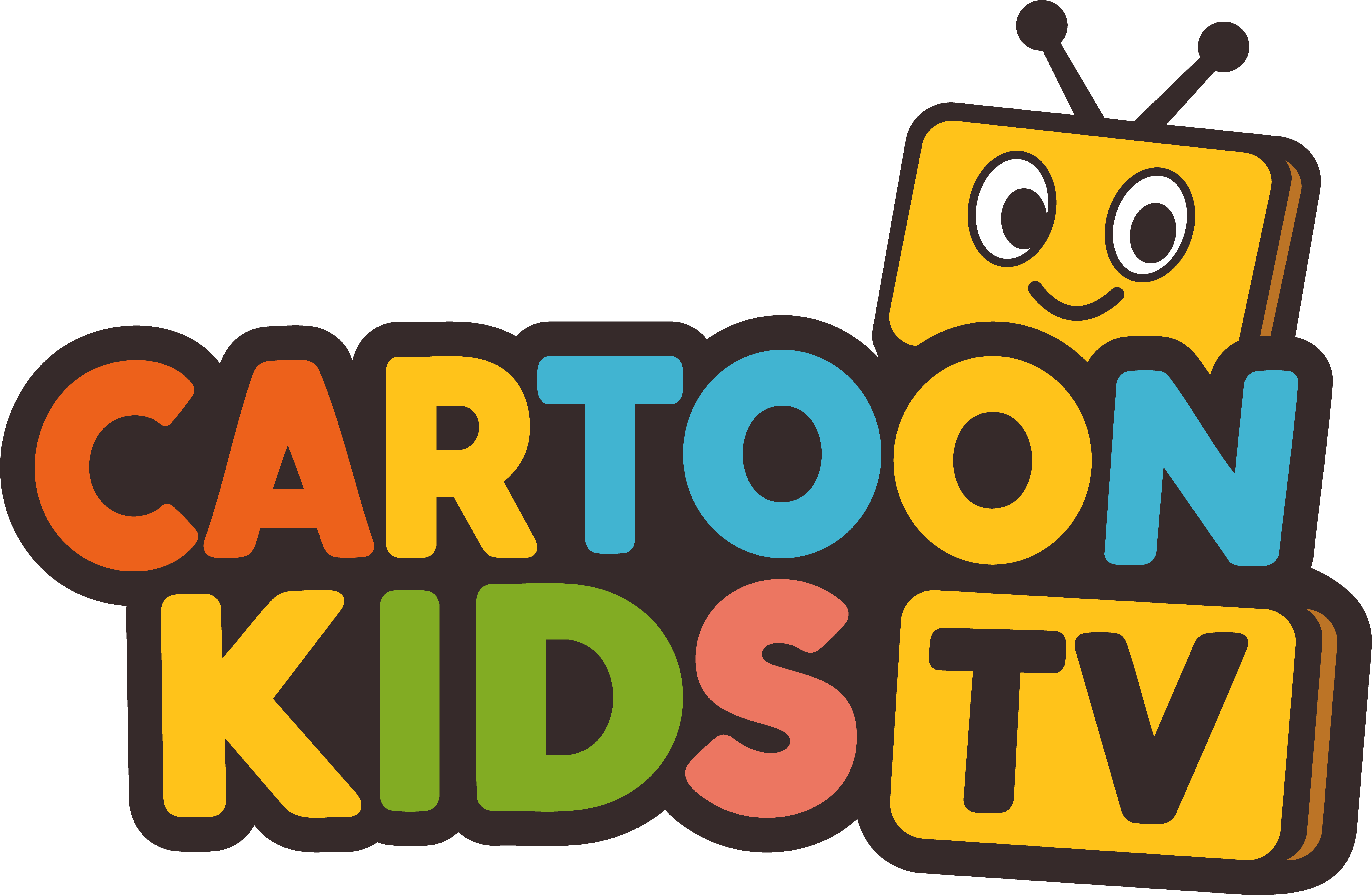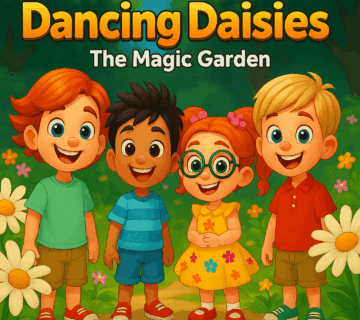Learn How “Dancing Daisies” Blossoms into a Fun Learning Experience for Your Child
Subscribe & Get Free E-books!
Subscribe to our channel and fill out the form below to receive exclusive free e-books directly in your inbox.
In Episode 03 of The Magic Garden, the screen comes alive with giggling daisies, fluttering butterflies, and a playful cast of characters that includes Benny the Bear, Fiona the Fox, and a cheerful bee named Zippy. But this isn’t just another cute cartoon—“Dancing Daisies” is a learning gateway. Through captivating storytelling, this episode introduces children to environmental science in a way that sparks imagination and fuels curiosity.
This guide helps you extend the learning from screen to soil—right at home.
Lesson 1: The Sun-Dance of Daisies – Heliotropism Explained
As Benny watches the daisies sway and stretch their faces toward the sun, your child is introduced to heliotropism—a fascinating plant behavior that looks like a sunny-side-up dance routine!
What Is Heliotropism?
Heliotropism is a natural response in which certain flowers track the movement of the sun from dawn till dusk. It’s how plants “chase” light to power photosynthesis and stay energized.
Simple Ways to Explore at Home:
-
Plant Watch: Plant a daisy or sunflower and observe its direction in the morning vs. afternoon.
-
Sunlight Journal: Let your child sketch the flower’s direction at various times of the day.
-
Sun Shadow Craft: Place a toy flower outdoors and trace its shadow on paper every hour—watch the shadow dance!
Lesson 2: Buzzing Around with Purpose – Understanding Pollination
With a burst of wings and a basket of curiosity, Zippy the Bee joins the garden gang to show how tiny creatures have mighty roles in nature’s cycle.
What Is Pollination?
Pollination is when pollen is carried from one flower to another, often by insects like bees and butterflies. This simple transfer helps plants grow seeds and fruit.
Discussion Starters:
-
Why do bees land on flowers?
-
What happens when pollen sticks to them?
-
What would happen if there were no pollinators?
Backyard Discovery Challenge:
-
Head to a park or garden with your child.
-
Sit quietly and observe insect visitors—how many bees, butterflies, or beetles do you see?
-
Draw the insects and the flowers they visit.
-
Ask your child to describe the colors, movements, and patterns.
Bonus Learning Boost: Daisy Dance Quiz
Help your child reinforce what they’ve learned with this fun little challenge:
-
What do we call a flower’s movement to follow the sun?
-
Which insects help flowers grow seeds?
-
Why are pollinators important to our food?
Encourage kids to explain answers in their own words—it builds retention and boosts confidence!
More Than Petals & Giggles – Why It Matters
Dancing Daisies supports early learners (ages 4–8) by blending science with storytelling. Here’s what makes it special:
-
Promotes early STEM thinking through real-world connections
-
Builds eco-awareness and respect for living things
-
Encourages sensory-based learning through nature observation
Through the eyes of fun garden characters, abstract concepts become delightfully simple.
Keep Growing the Magic Beyond the Screen
The learning doesn’t have to stop when the episode ends—Dancing Daisies is just the beginning of a world of discovery waiting to unfold at home. By transforming everyday moments into opportunities for exploration, you can nurture your child’s curiosity and deepen their connection with nature. Whether it’s planting seeds in the backyard, watching bees flutter from flower to flower, or asking questions about the weather, each experience builds on what they’ve seen in The Magic Garden. Subscribing to the series opens up access to more episodes that explore topics like soil health, seed growth, rain cycles, and composting—each one designed to spark meaningful conversations and hands-on learning. With supplemental resources like printable worksheets, parent-friendly activity guides, and themed learning packs available on CartoonKidsTV.com, you can turn screen time into a springboard for lifelong learning.
Continue the Magic at Home
Subscribe to The Magic Garden on YouTube and explore more episodes that dive into soil science, weather, seed growth, and the wonder of outdoor exploration.
Visit CartoonKidsTV.com for:
-
Printable worksheets
-
Bonus learning activities
-
Parent and teacher resources
-
Weekly updates
Follow Cartoon Kids TV on Facebook, Instagram, and Pinterest for tips and ideas to keep your child’s love of learning growing every day.
With every flower, buzzing bee, and new discovery, your child learns that science is alive — right in their own backyard.


No comment